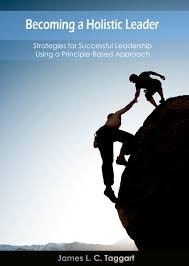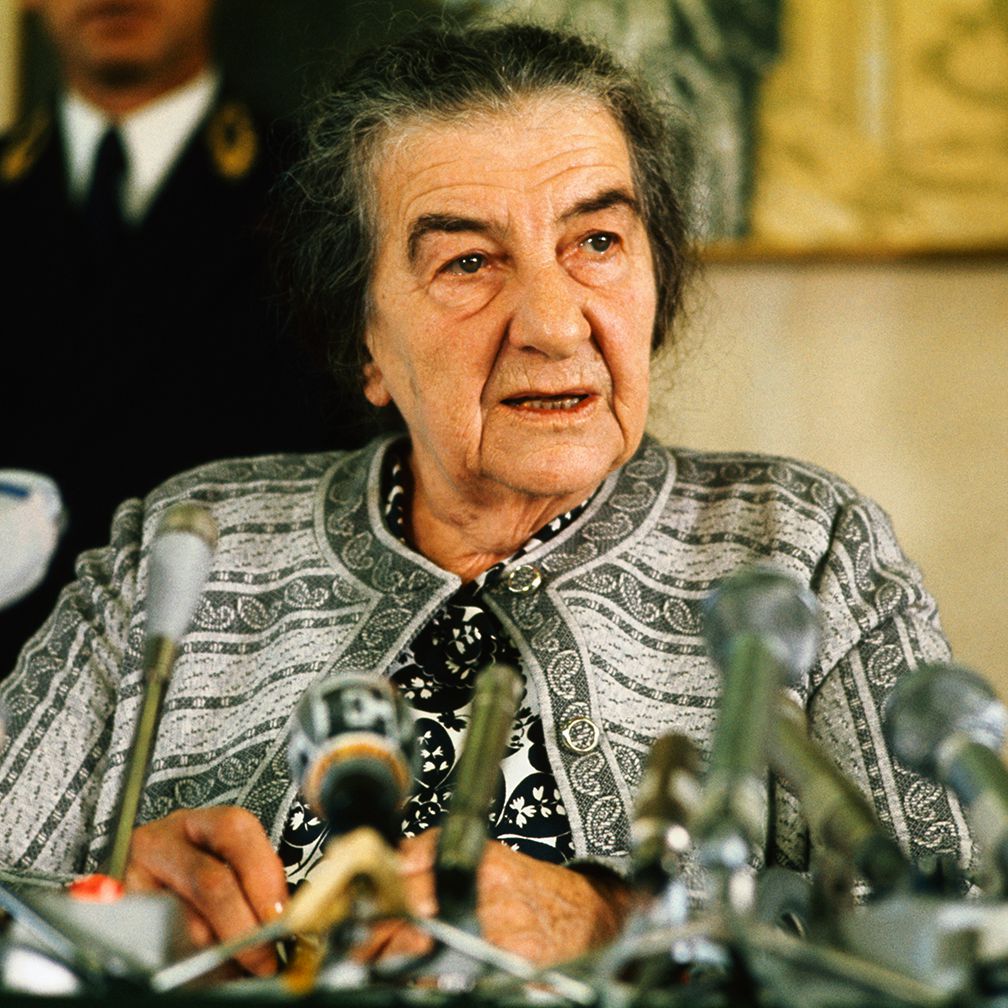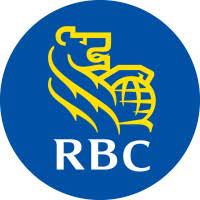Leadership and Innovation: Bridging the Gap

The word ‘leadership’ is used so loosely in everyday speech that it’s in danger of becoming a superfluous term. Within organizations – public and private – not only is it used to excess but this trend is undermining what leadership is intended to accomplish.
This is most unfortunate because the organizational turbulence we are witnessing as a result of gyrations in financial markets, technological advancement, emerging markets, geo-political events, and global competition is calling for enhanced leadership.
However, implicit in this calling is an urgent need for much greater clarity on what our collective expectations are regarding leadership and how it should be practiced in organizations.
In her earlier book The Female Advantage (inspired by the early work of McGill University management guru Henry Mintzberg), Sally Helgesen succinctly sums up the issue: “…our continued habit of linking leadership with position signals, our inability to grasp how organizations are changing….in the future, our ideas about the nature of leadership will undergo a radical transformation.”
What this new leadership will look like and what qualities it will embody are important issues. However, Helgesen also emphasizes that organizations that address how power is distributed will have moved forward in creating leadership at all levels.
The nub of the issue is how leadership is distributed (or shared) within organizations. The paradigm shift they face is transcending how they have operated in the past, whether producing goods or services, and how they’ll adapt to new competitive global forces. It was Albert Einstein who once said: “The significant problems we face cannot be solved by the same level of thinking that created them.”
A second word that is overly used is innovation. Definitions abound in the literature, and I won’t attempt to introduce one here. It is fairly intuitive that if companies wish to succeed in a competitive world and if they wish to be around for the long term that they must strive continuously to improve their products or services, eliminate those that no longer serve a purpose, adjust their internal processes, invest in new technologies, and develop their employees – or what economists call human capital stock.

The practice of leadership within organizations and the linkage to innovation has probably never been as critical as it is now. As mentioned above, the gyrations being felt are exerting increased pressure on those in the top leadership positions of companies.
Management strategist Gary Hamel is quite helpful here. He speaks to an agenda for management innovation, noting that three major challenges confront firms in the global competitive environment:
a) creating a faster pace of renewal,
b) embedding innovation throughout the company,
c) fostering a participative work setting to bring out the best in employees.
This calls into play leadership, and one aspect is that managers need to learn how to function as innovators, and not just their staff. Management innovation, therefore, is about changing how managers “…do what they do.” It is a “…marked departure from traditional management principles, processes, and practices, or from customary organizational forms that significantly alters the way the work of management is performed.”
To ensure that a management innovation has a lasting effect, Hamel specifies three necessary conditions:
1) The innovation is founded upon a new principle that challenges the status quo; the more unconventional the principle, the longer it will take competitors to adjust,
2) It comprises a range of processes and techniques,
3) It is part of a continuous process of innovation and improvement.
Recognizing that innovation occurs throughout organizations, but that one of senior leadership’s strategic roles is to create the environment for this to happen, requires that leadership also needs to be distributed at all levels. When people see that the right conditions are being created to encourage innovation they will move forward by empowering themselves to makes things happen. The gap betwen leadership and innovation will then start to close.
When all think alike, then no one is thinking. - - Walter Lippman
____________________________________________________________________________________________________

Articles from Jim Taggart
View blog
I am your servant. I do not come to you as a leader, as one above others. · When you read these word ...

In my last post we looked at The Five Levels of Teams: Where Are You on the Team Performance Curve? ...

Today, we’ll look at the four stages of team development and incorporate the four team player styles ...
You may be interested in these jobs
-

Commercial Banking Advisor
Found in: Talent CA C2 - 4 days ago
Royal Bank of Canada> Prince George, CanadaJob Summary · Job Description · What is the opportunity? · By joining RBC as a Commercial Banking Advisor, you open the door to an exciting career in commercial banking. This is your opportunity to become a critical member of a results oriented team, a key partner to Commercial A ...
-
cook, second
Found in: Talent CA 2 C2 - 2 days ago
Crest Hotel LP Prince Rupert, CanadaEducation: · Expérience: · Education · No degree, certificate or diploma · Tasks · Prepare and cook complete meals or individual dishes and foods · Inspect kitchens and food service areas · Order supplies and equipment · Supervise kitchen staff and helpers · Maintain inventory ...
-
assistant transportation manager
Found in: Talent CA 2 C2 - 3 days ago
DCB Logistics Inc. Cambridge, CanadaEducation: Secondary (high) school graduation certificate · Experience: 1 to less than 7 months · Tasks · Recruit, train and supervise staff · Arrange for shipping documentation and the tracking and tracing of goods in transit · Ensure transport compliance with regulations · Esta ...


Comments